“Sometimes your joy is the source of your smile, but sometimes your smile can be the source of your joy.”
When we reflect on our day, it’s often negative events that stick in our minds—the undone tasks, mistakes, or criticisms—because the human brain has a negativity bias. When I first heard this, I felt relief: Phew, it’s not just me! A negativity bias is baked into us through evolution. We scan the horizon for danger to guard against being hurt. With quickness and ease, negative stimuli go straight to our brains—into memory. Yet we skip over multitudes of positive experiences. Why? Because we don’t even notice them. Or we notice them, briefly, but don’t take them in.
But there’s great news: We can change the bias of our brains. With mindfulness, we make new brain patterns and build positive memories. In small, regular ways we cultivate the positive and take in the good. First, we notice a positive experience, then we embody it (savor it) for three breaths. Thirty seconds at a time, we build a more contented, happy life. Just as we stay with difficult experiences, we equally stay with positive experiences. We stay with an open, honest, kind awareness.
TAKE IN THE GOOD
You can listen to this reflection without fussing up your posture. Sit, stand, or lie down in a comfortable way. Notice how you feel both before and after this exercise:
This practice works in a general way. It also works as specific medicine for basic human needs: safety, satisfaction, and connection. If you feel anxious, notice that you’re safe—not in physical danger—right now; stay with the feeling of safety for three breaths. If you feel frustrated or irritable, do something that brings you satisfaction; then linger in that satisfaction for three breaths. If you feel lonely or sad, hug a friend or hold hands with a loved one; soak in the connection for three breaths. (Or remember a time of satisfaction or connection, and stay with that enlivened memory.)
Taking in the good is a whole-body experience. Notice, pause, feel, and stay. Stay with an honest and gentle awareness. Cultivating the positive is a powerful mindfulness practice.
This practice isn’t grandiose. It’s completely doable. Start by noticing the positive in your life. Then begin to stay with the positive, as it fills your whole being. Then stay longer. These are brief pauses throughout the day. Perhaps five minutes of your daily life. Many “ordinary” positive intakes—spread throughout the day—can change your life.
Gratitude practice helps us notice the positive. Research shows that gratitude practice is consistently and positively associated with happiness. This practice can be tailored to each of us. Some possibilities: keep a gratitude journal, listing five things each day for which you’re grateful; choose a gratitude buddy and exchange daily text or email; create a gratitude jar, in which you place written notes of happy experiences—re-read these reflections on a yearly basis; share gratitude at mealtime, before you eat; or make a mental list as you lie down to sleep—a list to linger in and then let go. Once you create a personalized gratitude practice, combine gratitude with taking in the good. Let your gratitude move from your head to your heart, in an embodied way.
LAUGHTER PRACTICE
Little things can make a big difference. When I give or receive small kindnesses, my heart opens. And my mood lightens. Thich Nhat Hanh says, “Sometimes your joy is the source of your smile, but sometimes your smile can be the source of your joy.” If I feel resistant or irritable, I try to remember those words. Because a slight smile can turn into laughter and then I take myself less seriously: I interact with the world in a more open and peaceful way.
We can intentionally practice laughing. Even if it feels forced, it’s interesting to notice what happens when we laugh. To notice how we feel afterward. I humbly ask you to experiment. Stay open and curious, listen and laugh:


